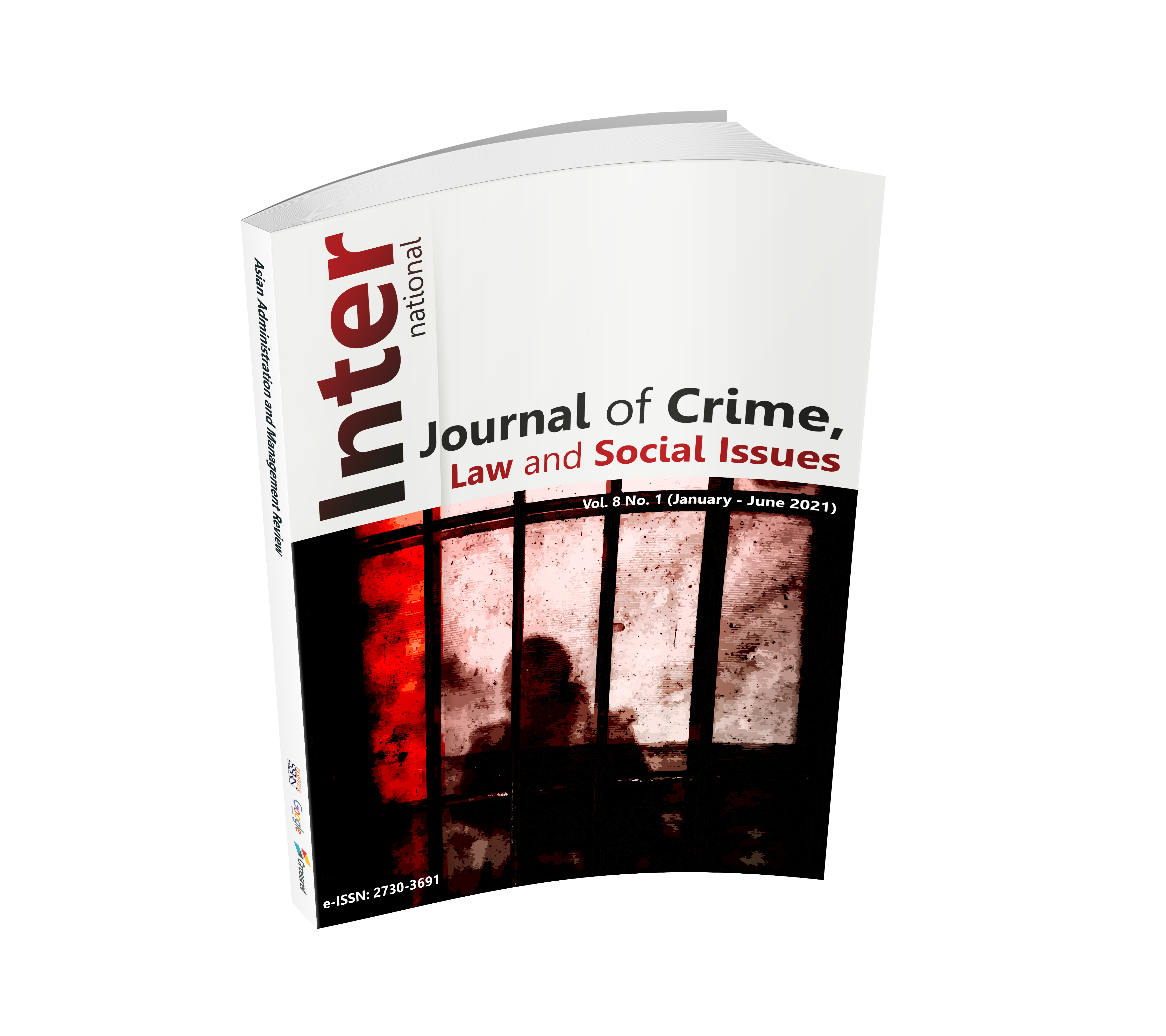Confiscation under Money Laundering Law: A Comparison of Legal Measure between Thailand and the United States
Keywords:
Confiscation, Money Laundering, Anti-Money Laundering Act 1999, Money Laundering Control Act 1986Abstract
This article shows the explanation of legal measure in confiscation related money laundering between the Anti-Money Laundering Act B.E. 2542 (AMLA 1999) of Thailand and the Money Laundering Control Act 1986 (MLCA 1986) of the United States to answer the research question that the confiscation under the AMLA 1999 is not the effective legal measure to handle money laundering anymore. By applying a comparative and descriptive method, this article shall be analyzed with two focuses such as (1) the definition of predicate offence under Article 3 of AMLA 1999, and (2) the method of confiscation under Article 51 of AMLA 1999. It has found that (1) Article 3 of AMLA 1999 does not have enough predicate offences definition to cover up all illegal activities which cause a risk of money laundering or financial crime, and (2) the method of confiscation under Article 51 of AMLA 1999 is the Property-based based confiscation which could not forfeit other assets not related to the offence. Therefore the author suggests (1) adding the wide range of the definition under Article 3 of AMLA 1999 in predicate offences, and (2) adopting a value-based confiscation method into the AMLA 1999.
Downloads











.png)


